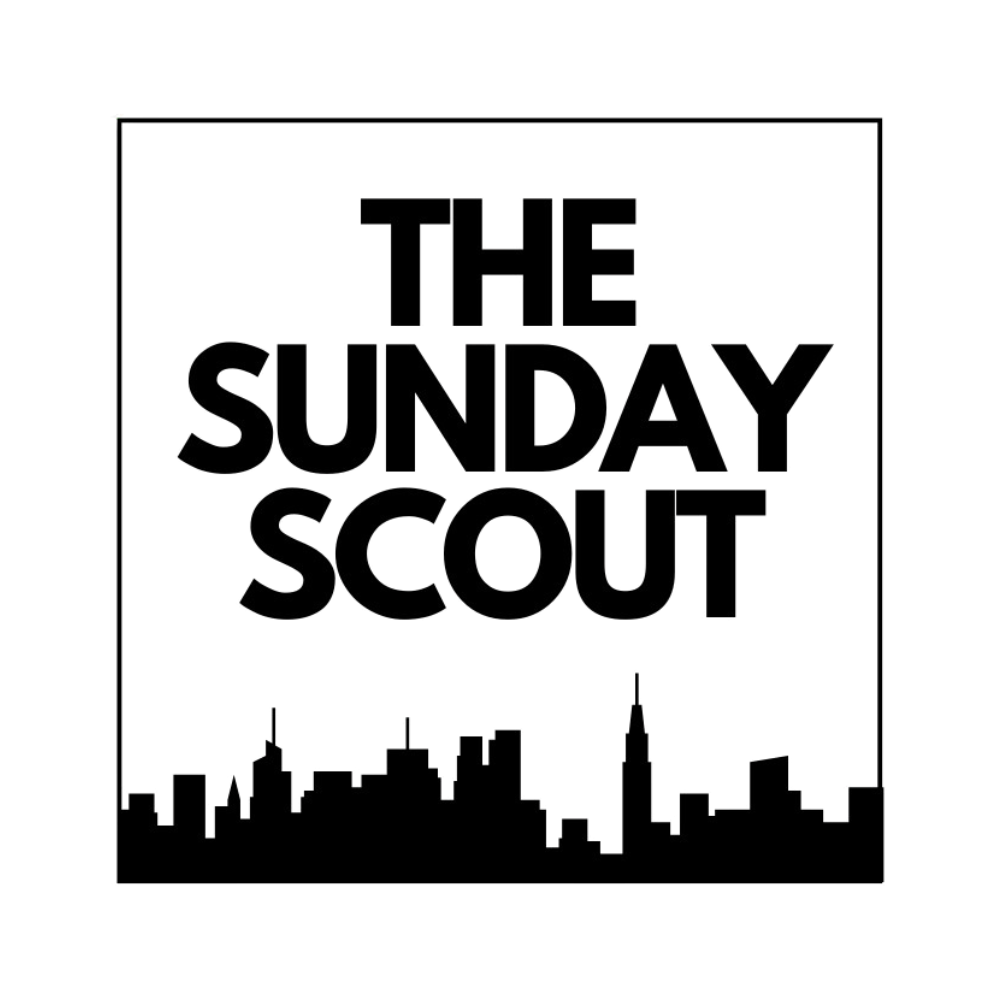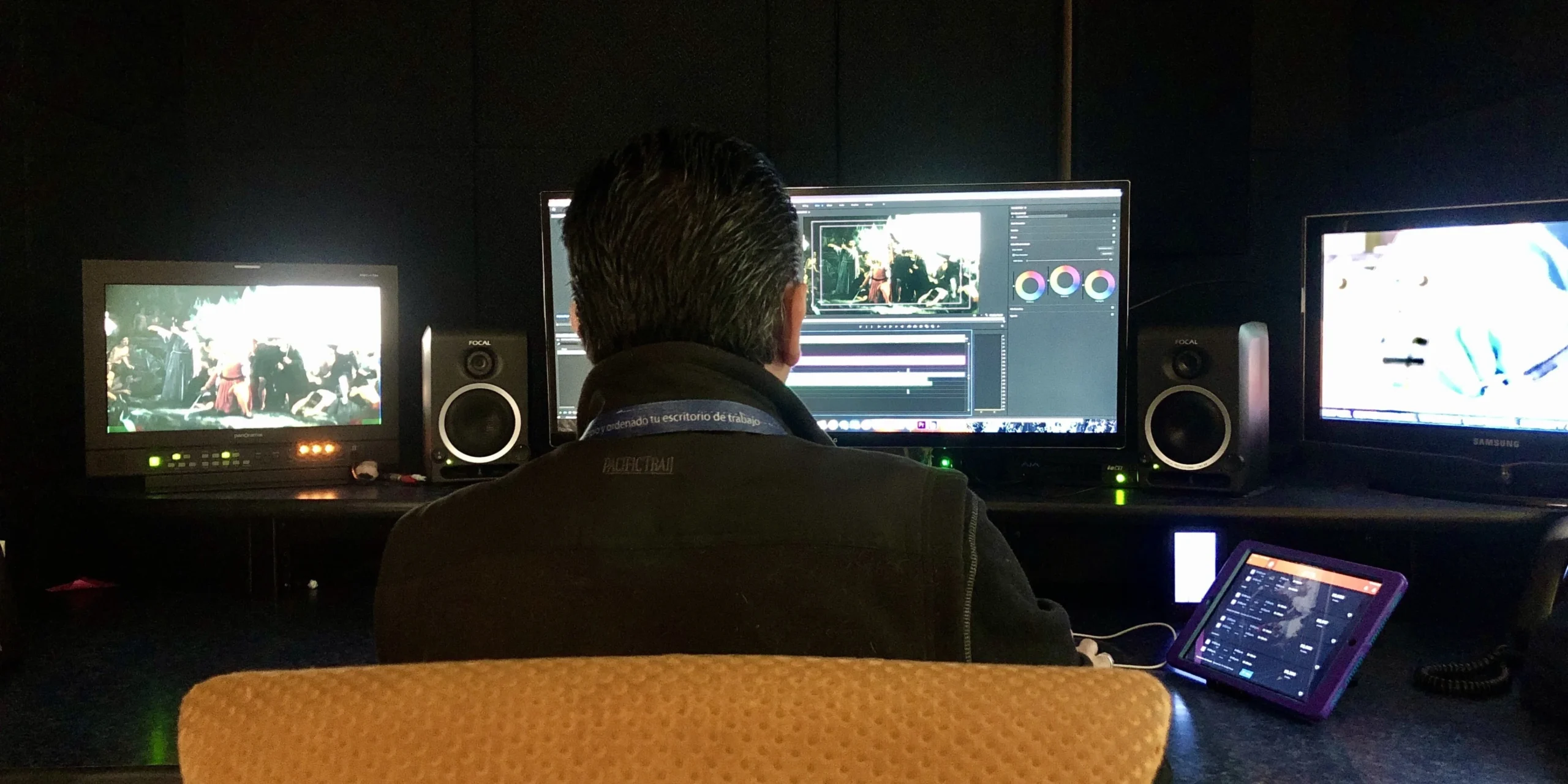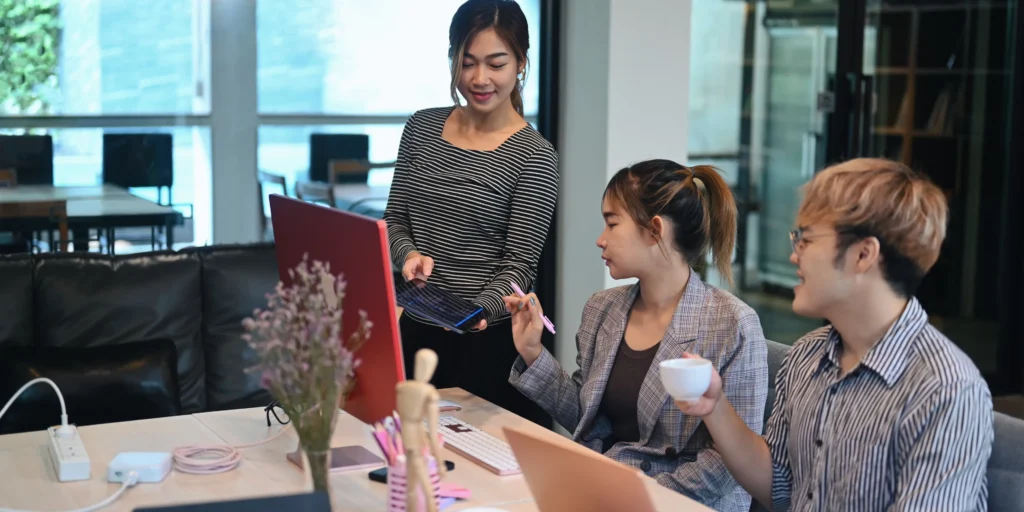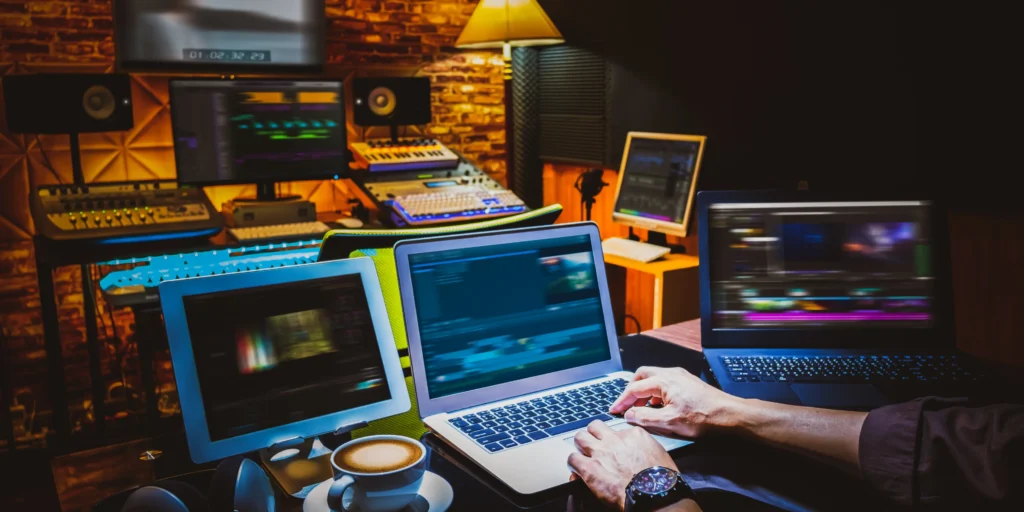Why This Matters
The average professional in 2025 juggles at least three connected devices daily – laptops, smartphones, and secondary monitors – while being constantly pinged by apps, messages, and notifications. According to Statista, the average screen time per adult has surpassed 7 hours per day globally, with a growing share dedicated to work-related multitasking.
While digital tools boost efficiency, the reality is that too many screens can fracture attention, raise stress, and reduce long-term productivity. The challenge now is not access to technology, but how to manage it effectively.
The Multi-Screen Work Environment
Modern workplaces encourage multi-screen setups to maximise efficiency. Financial traders may monitor eight or more screens simultaneously; designers and developers often spread tools across multiple displays. Remote workers frequently toggle between video calls, emails, and cloud apps.
This environment reflects productivity gains – tasks can be parallelised and managed in real time. But cognitive science suggests that frequent task-switching reduces efficiency by up to 40% (American Psychological Association, 2024).
Applications and Everyday Examples
- Finance: Multi-screen setups for real-time monitoring of global markets.
- Healthcare: Doctors reviewing patient records on one screen while conducting telehealth on another.
- Education: Students split between video lectures, notes, and collaboration tools.
- Creative Work: Designers using multiple displays for editing, references, and output preview.
Benefits
- Faster Access: Multiple apps and data streams open at once.
- Real-Time Monitoring: Essential for industries where timing is critical.
- Enhanced Collaboration: Easier multitasking in hybrid or remote work.
- Personal Productivity: Users can customise setups to suit their workflows.
Challenges
- Attention Fragmentation: Constantly switching contexts drains cognitive resources.
- Stress & Fatigue: Long exposure to multiple screens contributes to burnout.
- Work-Life Blur: Remote workers risk extending screen time late into personal hours.
- Health Issues: Prolonged screen use linked to eyestrain, poor posture, and disrupted sleep cycles.
Outlook
Multi-screen productivity is here to stay, but success depends on balance. Companies are experimenting with focus-driven software (limiting notifications), while hardware manufacturers explore integrated ultra-wide displays to reduce overload.
By 2030, AI-driven “digital assistants” may automatically prioritise and filter information, reducing the chaos of juggling apps and alerts.
Practical Takeaways
- Workers: Use focus modes and scheduled breaks to combat overload.
- Employers: Promote digital wellness policies and ergonomic setups.
- Tech Designers: Develop tools that reduce – not add – cognitive burden.
- General Readers: Reclaim personal time by setting clear device boundaries.
Sources
- Statista, Average Screen Time per Adult 2025
- American Psychological Association, The Cost of Task Switching, 2024
- Deloitte, Future of Work Trends 2025








Leave a Reply